Brown cats are a fascinating topic in the world of genetics and feline diversity. Understanding the genetics behind brown coat color and the distribution of brown cats in different breeds and geographical regions can provide insights into the rarity of these beautiful felines. In this article, we will explore the genetic basis of brown coat color and delve into the various factors that contribute to the frequency of brown cats in the cat population.
Are brown cats rare?
Brown cats are rarer than black cats. Brown cats, also known as chocolate or brown tabbies, are a common color variation among domestic cats. They have a coat pattern characterized by brown or dark brown stripes on a lighter background. Because brown coloration results from the recessive version of the gene responsible for black, brown cats are rarer than black cats. However, in the overall cat population, brown cats are not generally considered rare. Brown tabbies are the most common brown-colored cats, while solid brown cats, parti-color, bi-color, and pointed brown cats, such as the seal point Siamese, are much rarer. The perception of rarity can vary depending on regional preferences, cultural factors, and individual breed standards. While specific coat colors or patterns may be considered rare in some cat breeds or specific genetic variations, brown cats do not typically fall into the category of rare in the broader spectrum of cat colors and patterns.
Key Takeaways
- Brown coat color in cats is determined by specific gene mutations that affect the production of melanin.
- The MC1R gene is one of the key genes involved in the production of brown coat color in cats.
- Brown cats can be found in various breeds, including the Bengal, Burmese, and Havana Brown.
- The frequency of brown cats varies among different breeds, with some breeds having a higher prevalence of brown coat color.
- Geographical variations also play a role in the distribution of brown cats, with certain regions having a higher concentration of these felines.
The Genetics of Brown Cats
The Role of Melanin in Cat Coat Color
Melanin is a pigment that plays a crucial role in determining the color of a cat’s coat. It is produced by specialized cells called melanocytes, which are located in the skin and hair follicles. Melanin comes in two forms: eumelanin and pheomelanin.
Eumelanin is responsible for producing black and brown colors, while pheomelanin produces red and orange colors. The amount and distribution of these two pigments determine the specific shade and pattern of a cat’s coat color.
The production of melanin is regulated by various genes, including the MC1R gene. Mutations in this gene can affect the production and distribution of melanin, leading to variations in coat color. For example, certain mutations can cause an increase in eumelanin production, resulting in a darker brown coat color.
Understanding the role of melanin in cat coat color is essential for studying the genetics behind brown cats and the specific gene mutations that cause this unique coat color.
The Specific Gene Mutations that Cause Brown Coat Color
Brown coat color in cats is caused by specific gene mutations that affect the production of melanin, the pigment responsible for hair color. These mutations alter the function of genes involved in the synthesis or distribution of melanin, resulting in the production of brown pigment instead of the usual black or orange.
The most well-known gene mutation associated with brown coat color in cats is the TYRP1 gene mutation. This mutation leads to a decrease in the production of eumelanin, the black pigment, and an increase in the production of pheomelanin, the red pigment. As a result, the cat’s coat appears brown.
Another gene mutation that can cause brown coat color in cats is the MC1R gene mutation. This mutation affects the distribution of melanin in the hair shaft, causing the pigment to be deposited in a way that results in a brown coloration.
It is important to note that not all cats with brown coat color have the same gene mutations. Different breeds and populations may have unique gene mutations that contribute to the brown coat color phenotype.
Distribution and Frequency of Brown Cats
Brown Cats in Different Breeds
Brown coat color is not limited to a specific breed of cats. It can be found in various breeds, including the Siamese, Burmese, and Abyssinian. Siamese cats are known for their striking blue eyes and their distinctive color points, which can include shades of brown. Burmese cats also come in a range of colors, including brown, and are known for their affectionate and playful nature. Abyssinian cats have a ticked coat pattern, and some individuals may have a brown coloration. While brown cats can be found in different breeds, it is important to note that not all individuals within a breed will have a brown coat.
Siamese cats
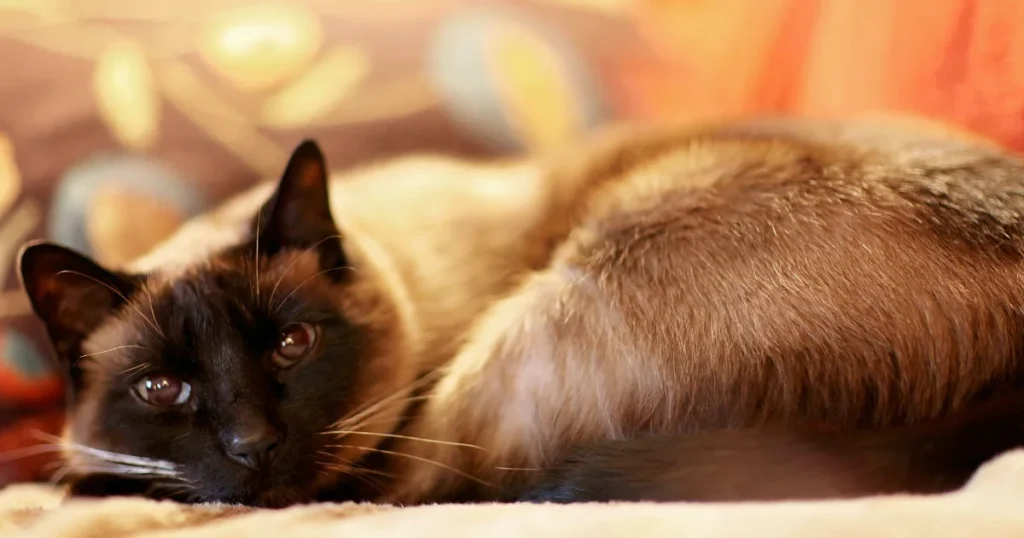
Burmese cats
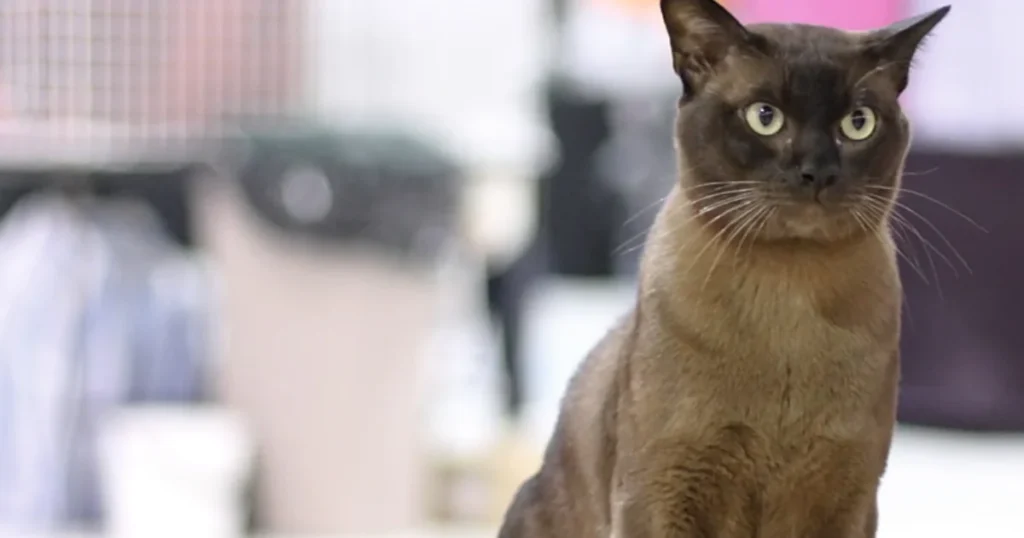
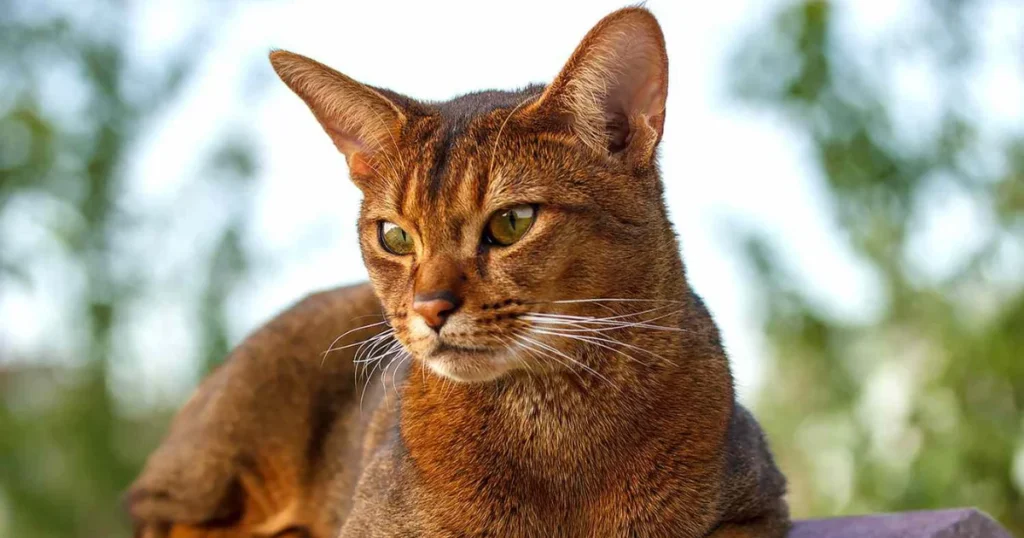
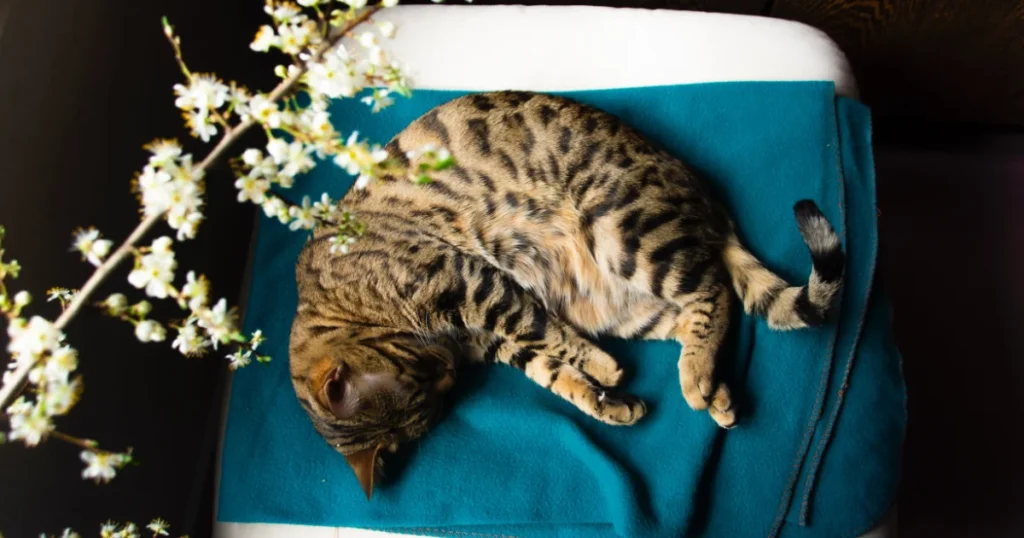
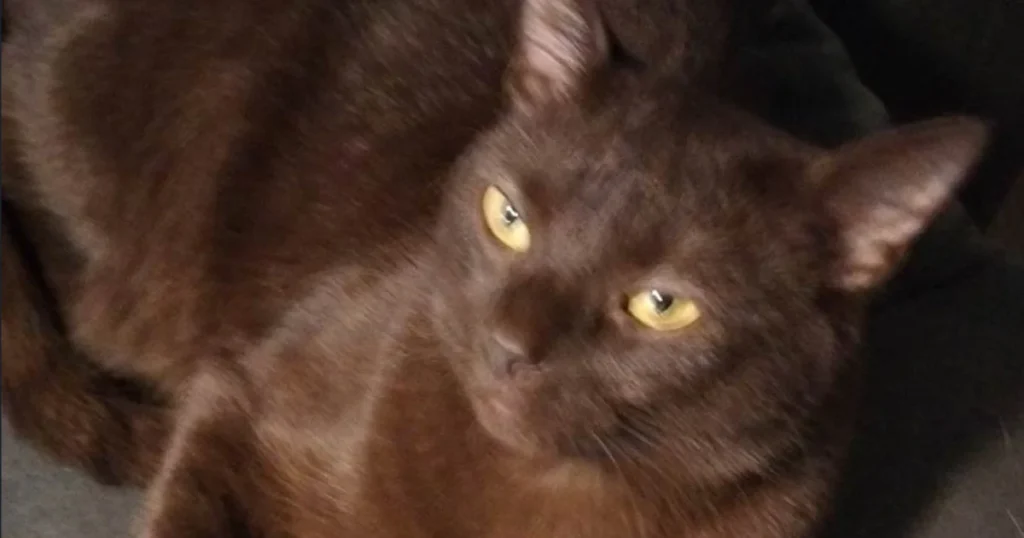
It is interesting to see how the brown coat color can appear in various breeds, adding to the diversity of feline appearances. If you are considering getting a cat with a brown coat, it is essential to research the specific breed and consult with a reputable breeder to ensure you are well informed about the characteristics and care requirements of the breed.
Geographical Variations in Brown Cat Populations
Brown cats can be found in various regions around the world, but their distribution is not uniform. The frequency of brown cats can vary significantly depending on the geographical location. Here are some key points regarding the geographical variations in brown cat populations:
- In certain regions, such as North America and Europe, brown cats are more commonly found compared to other parts of the world.
- The prevalence of brown cats in specific countries or areas within a country can be influenced by factors such as breeding practices and historical introductions of certain cat breeds.
- Some countries, like the United States, have a higher concentration of brown cats due to the popularity of certain breeds that carry the brown coat color gene.
- Geographical variations in brown cat populations can also be influenced by natural selection and adaptation to local environments.
It is important to note that the distribution and frequency of brown cats can change over time as breeding practices and cat populations evolve.
Also read: Is Aquaphor Safe for Cats? Everything You Need to Know
Conclusion
In conclusion, brown cats are relatively rare compared to other coat colors. The genetics of brown coat color involve the role of melanin and specific gene mutations. Brown cats can be found in different breeds, but their distribution and frequency vary geographically. Further research is needed to fully understand the factors influencing the occurrence of brown cats. However, their unique and beautiful coat color makes them stand out among other feline companions.
Frequently Asked Questions
Are brown cats more rare than other coat colors?
Brown cats are not necessarily as rare as other coat colors. The rarity of a coat color depends on the specific breed and the gene mutations involved.
What causes brown coat color in cats?
Brown coat color in cats is caused by specific gene mutations that affect the production of melanin, the pigment responsible for coat color.
Are all brown cats the same shade of brown?
No, the shade of brown can vary among different brown cats. Some may have a darker chocolate brown color, while others may have a lighter tan or caramel brown color.
Do all cat breeds have brown cats?
Not all cat breeds have brown cats. Brown coat color is more common in certain breeds that carry the specific gene mutations responsible for brown coat color.
Are brown cats more common in certain regions?
The frequency of brown cats can vary among different regions. Some regions may have a higher population of brown cats due to the prevalence of certain breeds that carry the gene mutations for brown coat color.
Can brown cats have other coat colors as well?
Yes, brown cats can have other coat colors in addition to their brown coat. Some brown cats may have tabby patterns or markings in different colors.
